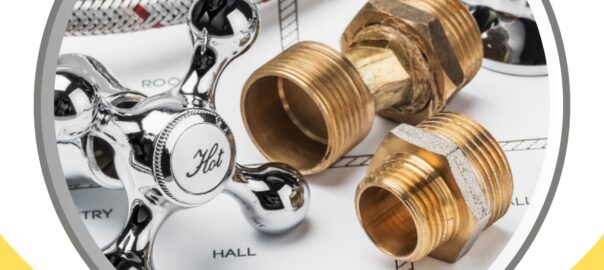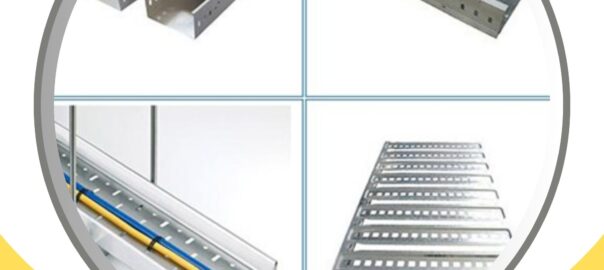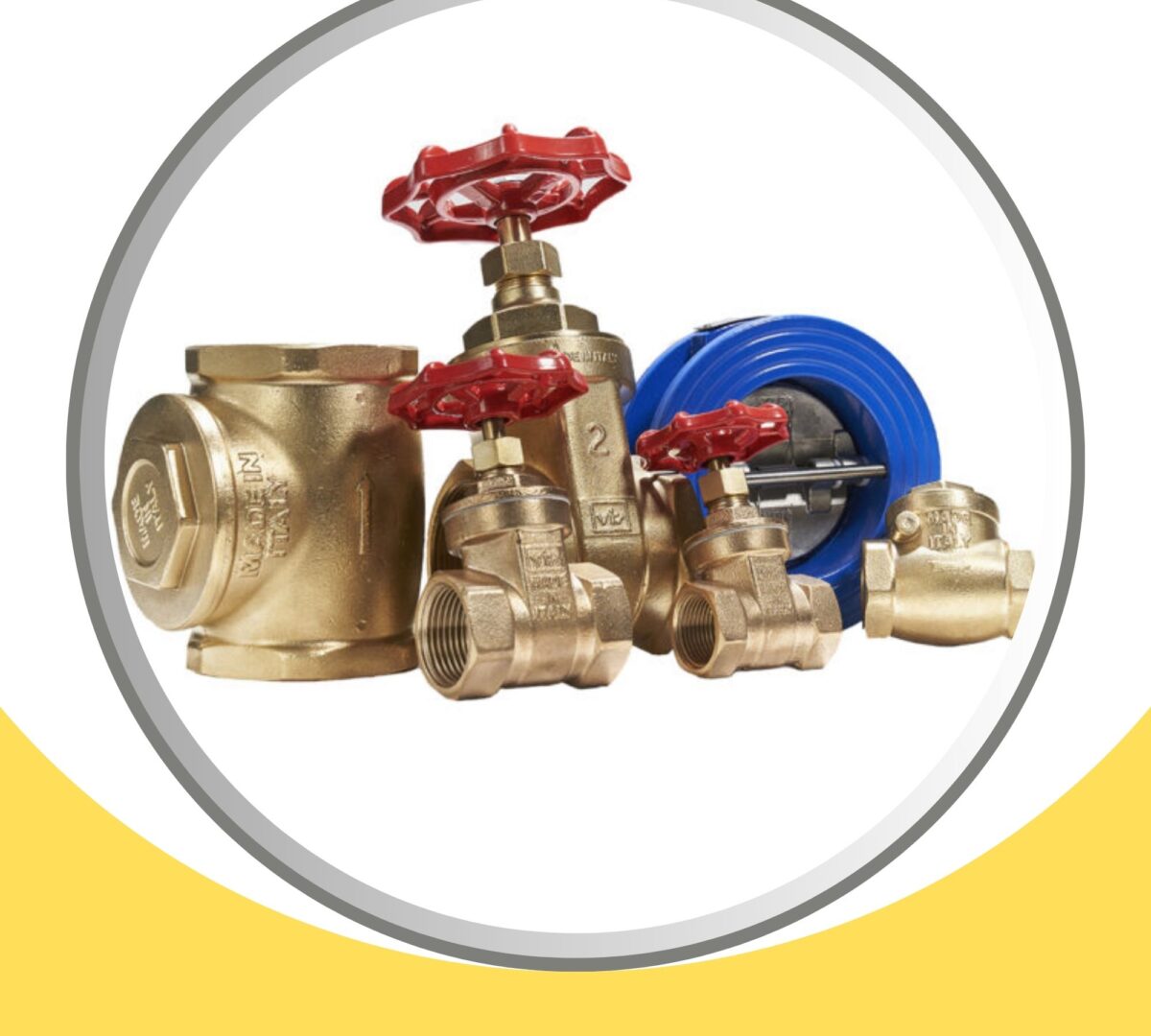
What are the most common valves?
- Gate valve
Gate valves are used to start or stop fluid flow. They have a gate that slides across the opening of the valve to block or allow flow. Gate valves are typically used in on/off applications, and they are not suitable for throttling or regulating flow.
- Globe valve
Globe valves are used to start, stop, and regulate fluid flow. They have a plug that seats into a seat to block or allow flow. Globe valves can be used in both on/off and throttling applications.
- Ball valve
Ball valves are used to start or stop fluid flow. They have a ball with a hole in the middle that rotates to block or allow flow. Ball valves are typically used in on/off applications, and they are not suitable for throttling or regulating flow.
- Butterfly valve
Butterfly valves are used to start, stop, and regulate fluid flow. They have a disk that rotates to block or allow flow. Butterfly valves can be used in both on/off and throttling applications.
- Check valve
Check valves are used to prevent backflow. They have a flap or gate that opens to allow flow in one direction and closes to prevent flow in the opposite direction. Check valves are typically used in safety applications to prevent damage to equipment.
- Pressure relief valve
Pressure relief valves are used to protect systems from overpressure. They open to release excess pressure and then close when the pressure returns to a safe level. Pressure relief valves are typically used in safety applications to prevent equipment failure.
These are just a few of the most common valve types. There are many other types of valves available, each with its own specific purpose. When choosing a valve, it is important to consider the application, the fluid being handled, and the desired performance characteristics.
Why do we use it?
We use common valve types for a variety of reasons, including:
- Reliability: Common valve types have been proven to be reliable and durable over many years of use. This is important for applications where valve failure could have serious consequences, such as in industrial settings or in critical infrastructure.
- Availability: Common valve types are widely available and can be easily sourced from a variety of suppliers. This is important for applications where valve replacement or repair is required quickly.
- Cost: Common valve types are typically less expensive than more specialized valve types. This is important for applications where cost is a major factor.
Overall, common valve types are used in a wide variety of applications because they are reliable, durable, affordable, and readily available.
-
 HONEYWELL Actuator On/Off 220V VC6013ZZ00/E92.00 AED
HONEYWELL Actuator On/Off 220V VC6013ZZ00/E92.00 AED -
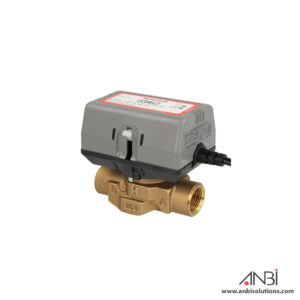 HONEYWELL 2Way Motorised Control Valves with Actuator VC6013152.50 AED – 168.00 AED
HONEYWELL 2Way Motorised Control Valves with Actuator VC6013152.50 AED – 168.00 AED -
 ANBI Italy Angle Valve CP Brass Hot or Cold13.65 AED
ANBI Italy Angle Valve CP Brass Hot or Cold13.65 AED -
 GROHE Angle Valve 1/2″ Inch Outlet 2202500M25.00 AED
GROHE Angle Valve 1/2″ Inch Outlet 2202500M25.00 AED -
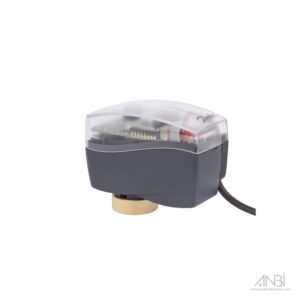 DANFOSS Analog Actuators AME110NL360.00 AED
DANFOSS Analog Actuators AME110NL360.00 AED -
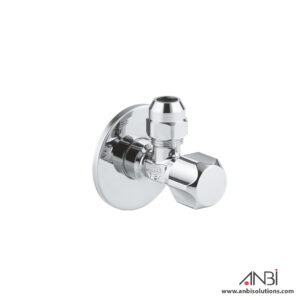 GROHE Angle Valve 3/8″ Inch Outlet 2201800M20.00 AED
GROHE Angle Valve 3/8″ Inch Outlet 2201800M20.00 AED -
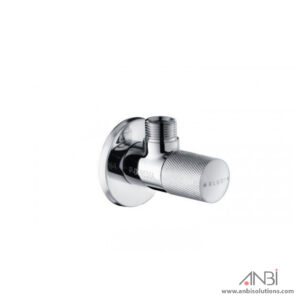 KLUDI Angle Valve Standard Cartridge 1/2″X3/8″30.00 AED
KLUDI Angle Valve Standard Cartridge 1/2″X3/8″30.00 AED -
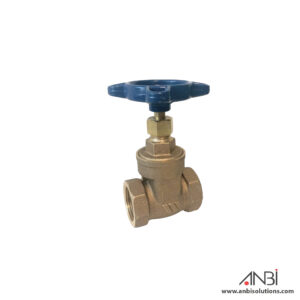 WATTS Gate Valve Bronze B300135.00 AED – 245.00 AED
WATTS Gate Valve Bronze B300135.00 AED – 245.00 AED -
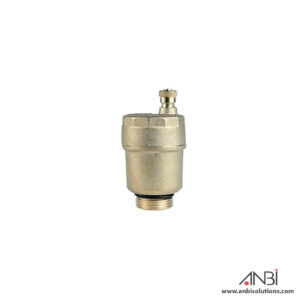 WATTS Automatic Air Vents 2161CProduct on sale48.00 AED – 80.00 AED
WATTS Automatic Air Vents 2161CProduct on sale48.00 AED – 80.00 AED -
 GALA Ball Valve SS316 1000WOG 2PC NPT #1282131.02 AED – 480.71 AED
GALA Ball Valve SS316 1000WOG 2PC NPT #1282131.02 AED – 480.71 AED -
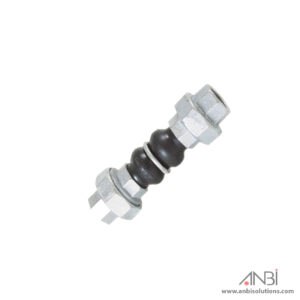 RBM FLEX Expansion Joint Twin Sphere Threaded PN1632.50 AED – 117.00 AED
RBM FLEX Expansion Joint Twin Sphere Threaded PN1632.50 AED – 117.00 AED -
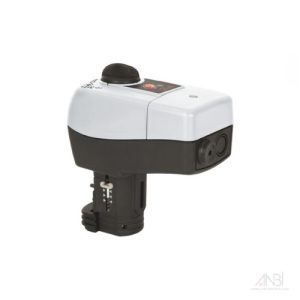 DANFOSS Analog Actuator Modulating AME435QM950.00 AED
DANFOSS Analog Actuator Modulating AME435QM950.00 AED

